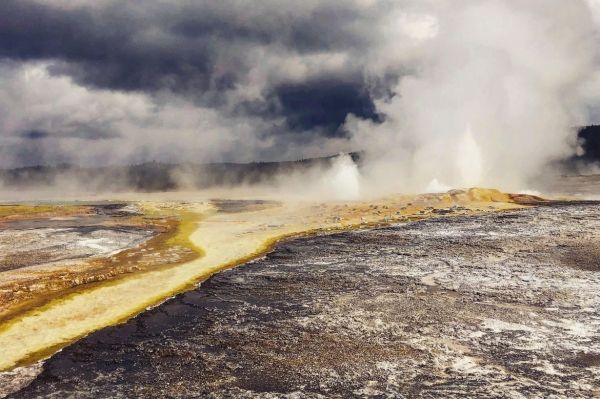Along with carbon, hydrogen and sulfur — other elements that are essential for life — nitrogen is a volatile element, meaning that its molecules convert from liquid to gas at a low temperature. And because of the extreme high temperatures that existed when the planets were formed, the thinking goes, nitrogen and its volatile companions should have been lost during that process.
New research by UCLA scientists may help solve the question of whether our atmosphere was formed by gases naturally emitted by the Earth’s interior — through events like volcanic eruptions, for example — or was added later, perhaps due to comets colliding into the Earth soon after it formed.
The study, by Edward Young, a professor of earth, planetary, and space sciences, and Jabrane Labidi, a UCLA postdoctoral fellow, was published in the journal Nature. Their work provides a strong argument for the second scenario.
Continue reading at University of California Los Angeles
Image via University of California Los Angeles


